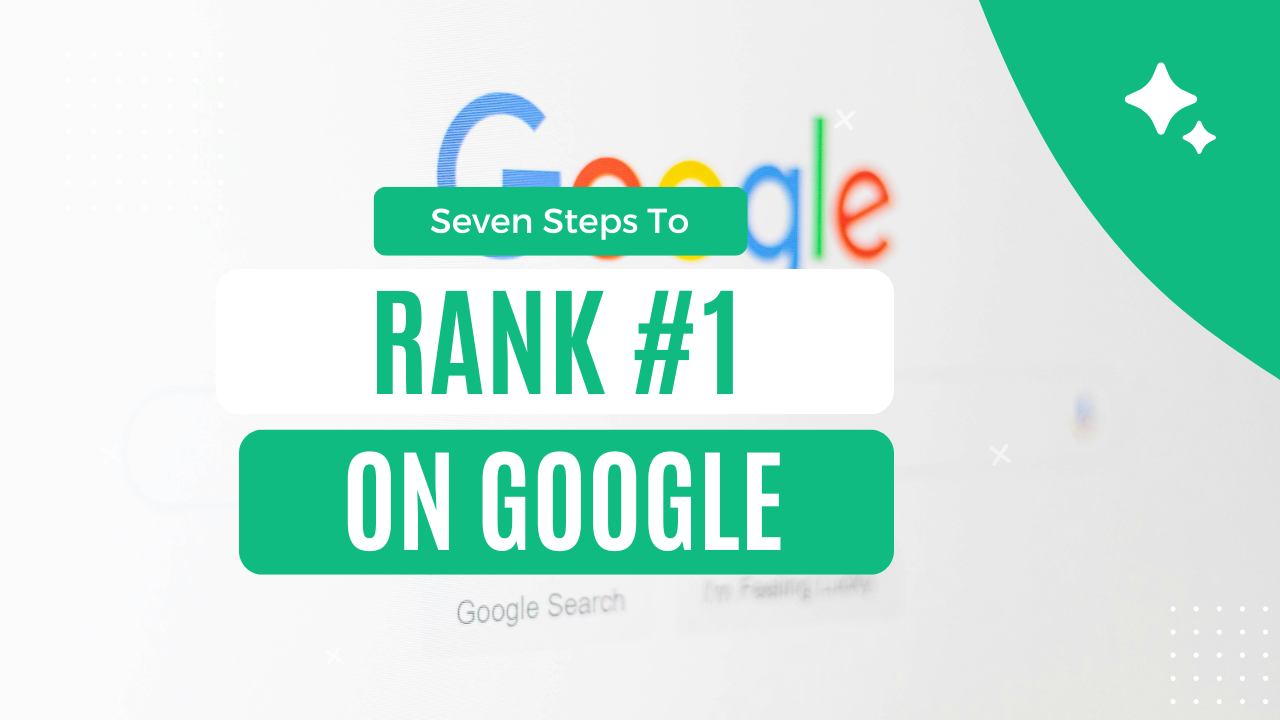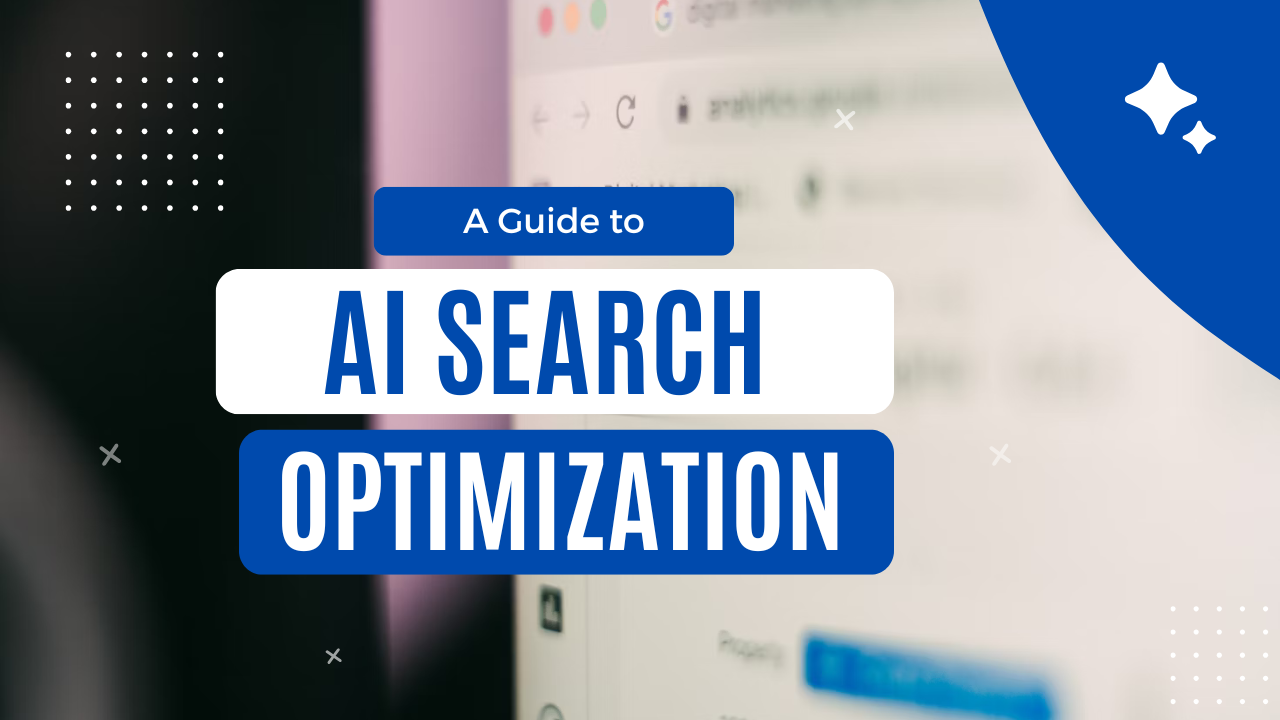7 Steps to Rank #1 on Google

Table of Contents
Most people think ranking #1 on Google is all about SEO—and while that's part of the puzzle, it's far from the full picture. In 2025, you need a complete strategy that goes beyond basic optimization.
Step 1: Fix the Technical SEO That's Holding You Back
The journey to ranking #1 starts with a complete SEO audit. Tools like Ubersuggest's Site Audit identify the issues that silently kill your rankings—things like:
- Broken pages
- Low word count
- Duplicate titles
- Site speed problems
The best part? It not only shows you what to fix—it tells you in what order, based on which changes will have the biggest impact on your traffic. These issues confuse search engines, and if your site isn't crawlable, your content simply won't matter.
A prioritized roadmap = faster wins.
Step 2: Outrank Your Competitors by Studying Them
SEO is not a race against Google—it's a race against the top-ranking competitors in your niche.
When you create a project in Ubersuggest, it tracks:
- Your rankings
- Your backlinks
- Your competitor's rankings and fresh content
This lets you reverse engineer what's working, spot content gaps, and capitalize on trends faster than your competition.
Step 3: Target High-Value, Low-Competition Keywords
Your content won't rank unless you go after the right keywords.
Ubersuggest helps uncover keywords with:
- High search volume
- Low SEO difficulty
- High cost-per-click (CPC)
Why CPC? Because if businesses are spending money on ads for a keyword, that keyword likely drives conversions.
The sweet spot is low-difficulty, high-CPC keywords—they're easier to rank for and more likely to bring in revenue. And they're perfect opportunities for smaller businesses to win.
Step 4: Find Easy Backlink Wins
Backlinks are still crucial—and here's an easy way to get them.
Ubersuggest's Backlink Opportunities report shows sites linking to your competitors but not you.
If a website links to 3+ of your competitors, they're open to linking out. If your content is:
- More detailed
- More up-to-date
- Easier to navigate
You've got a real shot.
And with ChatGPT, you can personalize outreach emails in seconds. Reach out and earn those links.
Step 5: Build Branded Search Demand
Branded searches—people typing your name or company into Google—are a major ranking factor.
How do you boost them?
Distribute your content across:
- Social media
- SMS
- YouTube
- Podcasts
In 2025, the average person needs to interact with a brand 11.1 times before buying. That means you need to be everywhere.
This omnichannel approach builds brand awareness, which leads to more people searching for you—and higher rankings.
Step 6: Refresh Declining Content
Your old content isn't dead—it just needs love.
Use Google Search Console to find declining posts. Compare traffic year-over-year and spot the biggest drops.
Update these posts with:
- New stats
- Better formatting
- Fresh insights
Google favors fresh content, which is why Wikipedia ranks so well—it's always being updated. A three-week-old article will usually outrank a three-year-old one.
Prioritize content with the biggest traffic drop and refresh regularly.
Step 7: Fix Your Site Structure
A common mistake: having multiple pages on the same topic.
This confuses Google—it doesn't know which to rank, so none of them perform well.
Instead:
- Build a strong internal linking structure
- Create main pillar pages
- Link supporting articles back to the main topic
- Avoid duplicate content across sections
Think of your site like a library. If your site is about marketing, SEO content should be a subsection—not scattered across the building. Google rewards logical topic clusters.
Final Thoughts
SEO is still one of the most powerful traffic channels—but in 2025, it requires more than just optimizing a few blog posts.
To succeed long-term:
- Audit and structure your site
- Track competitors
- Target valuable keywords
- Get backlinks
- Build brand awareness
- Refresh content regularly
Follow this system, and you won't just rank—you'll dominate.
George Field
Founder & CEO at Seio
George is an entrepreneur with over 12 years of experience in digital marketing and SEO. He has successfully launched multiple businesses and created high-performing SEO campaigns. As the founder of Seio, George combines his deep understanding of search algorithms with cutting-edge AI technology to help businesses dominate their markets through strategic content creation.
Related Articles
Continue reading with these related posts

Discover how AI search is transforming SEO and learn the strategies you need to succeed in 2025 and beyond.

For the past 17 years, I've helped generate hundreds of millions of visits from Google search. But for the first time ever, I'm questioning everything I know about SEO.